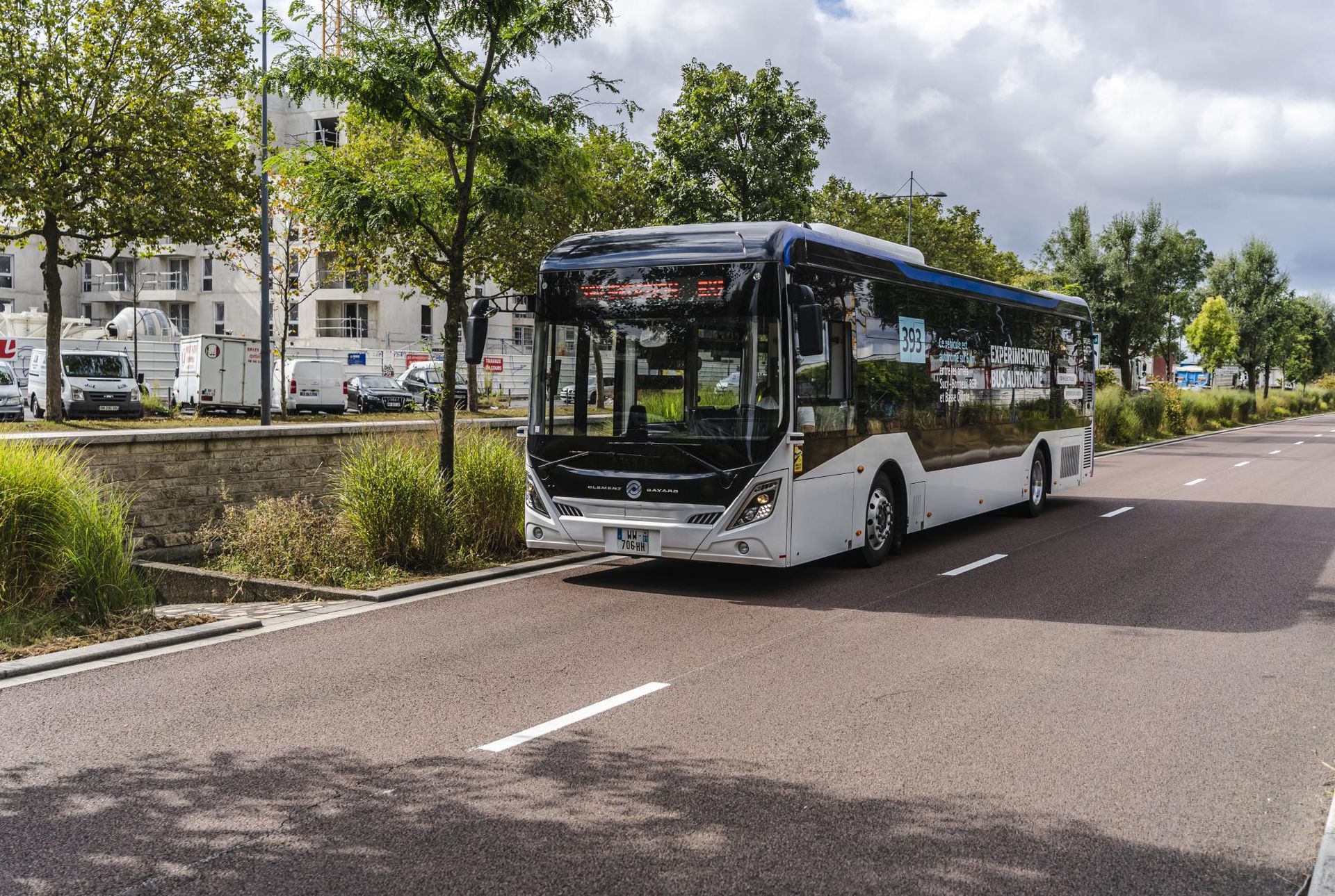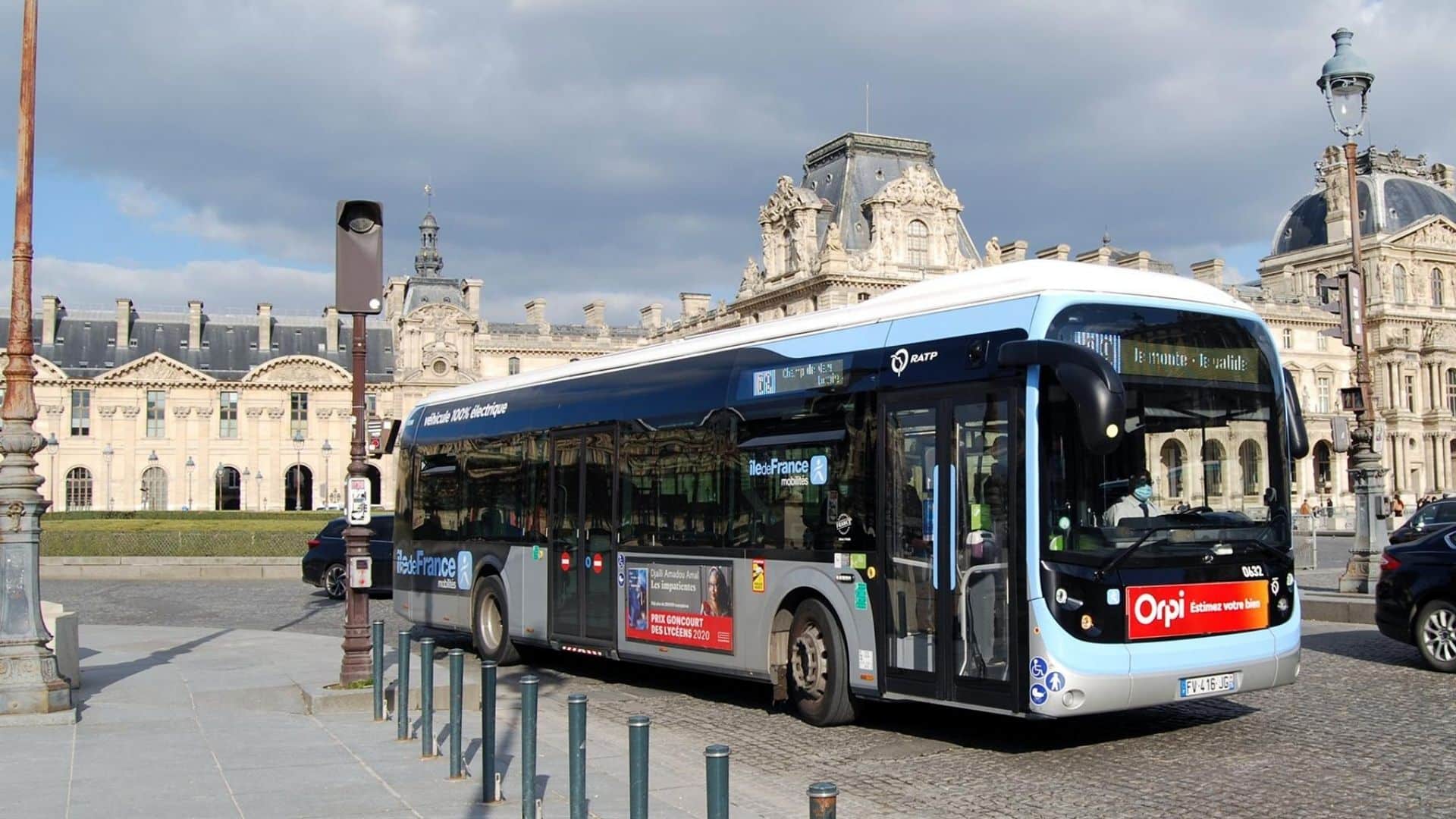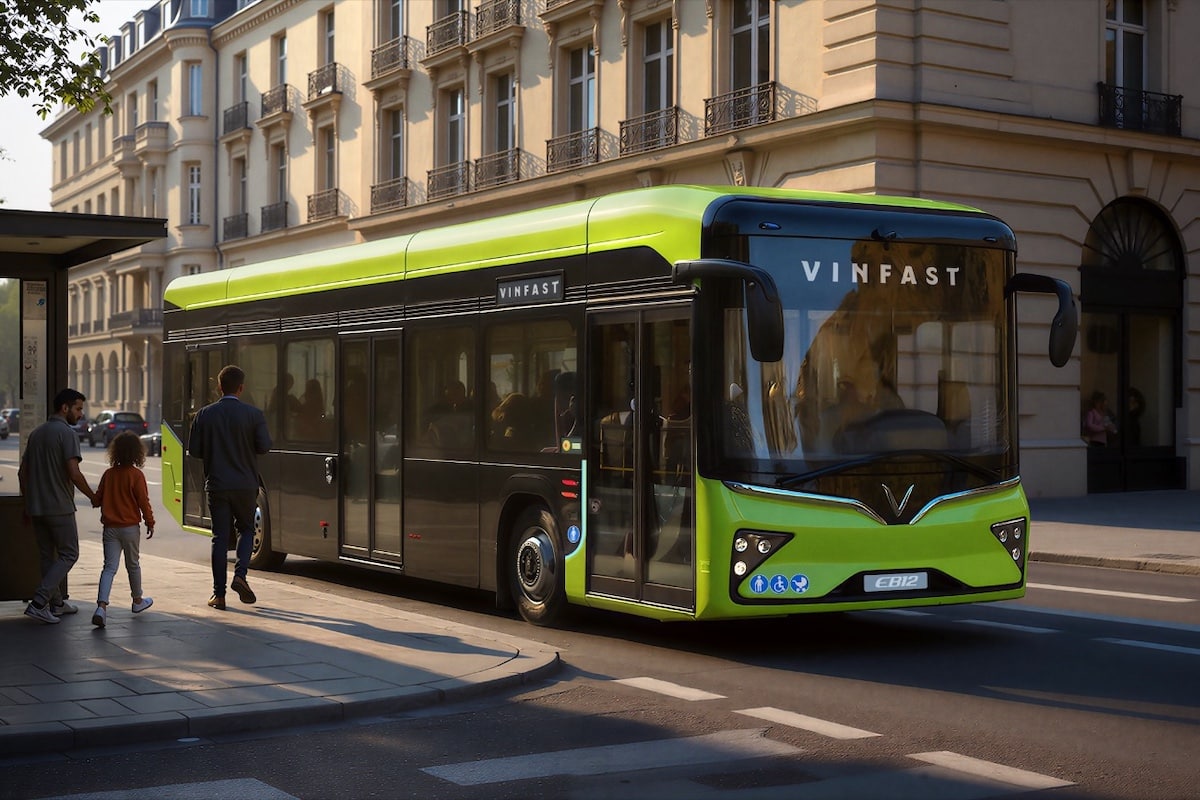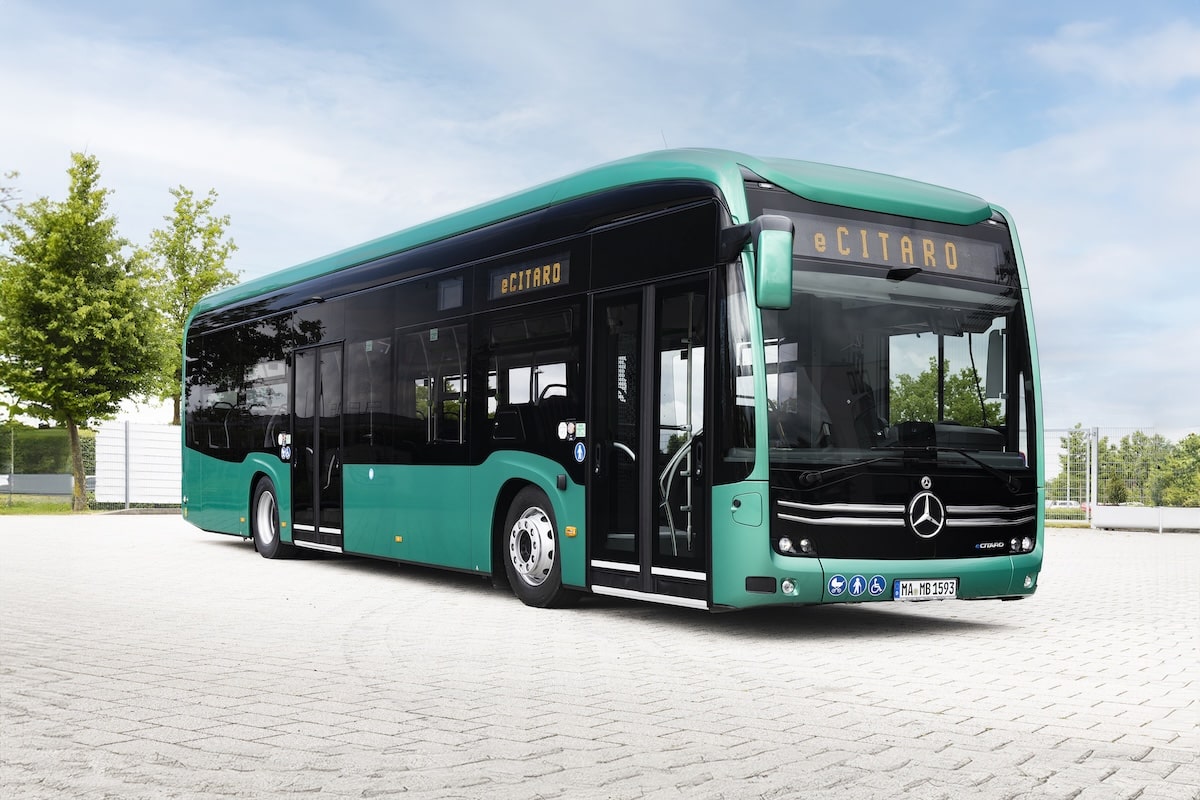Autonomous Vehicles: How France Plans to Overcome Its Delay

The French government aims to develop the autonomous vehicle sector through 4 main axes, to compete with the United States and China.
France plans to invest in the autonomous vehicle sector in the coming years to modernize its public transportation network. The “National Strategy for the Development of Automated and Connected Road Mobility” was updated last month to outline the government’s upcoming actions on this matter.
The United States and China are already far ahead in autonomous vehicles. Waymo, Zoox, and Pony.ai are already on the roads, highlighting France’s development delay in driverless mobility.
What is already being done in autonomous vehicles?
France already allows level 3 autonomous driving under certain conditions, which can currently be found on the Mercedes-Benz EQS. The road must have a central divider, the vehicle cannot exceed 60 km/h, and the driver must be able to take back control at any moment if necessary.
In the United States, the service Zoox recently received authorization from the state of California to operate their robotaxis. Here’s what it looks like:
In China, Pony.ai operates robotaxis in Guangzhou with the support of its parent company Baidu. Baidu has been investing in the sector for several years, notably through its Apollo Go service.
What obstacles does France need to overcome?
The French government aims to achieve four major milestones in the coming years to promote autonomous vehicles:
- Prioritize and coordinate the deployment of connectivity and data exchange systems (such as GPS and mobile telephony);
- Fund investment projects in vehicle and service offerings and support initial field trials;
- Assist local authorities and operators willing to deploy this technology and services for travelers;
- Finalize the legal framework for automated freight and logistics.
an autonomous bus and taxi service by 2030, comprising between 100 and 500 vehicles. Details of the government measures can be found here.
Also read: Google’s autonomous vehicle continues its journey
This page is translated from the original post "Véhicules autonomes : comment la France veut refaire son retard" in French.
We also suggestthese articles:
Also read






